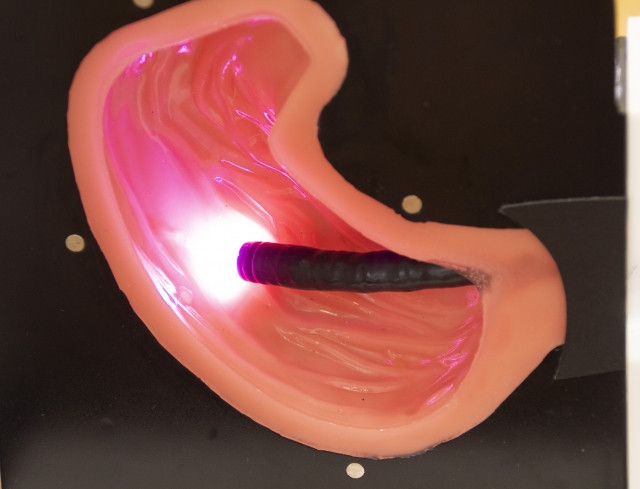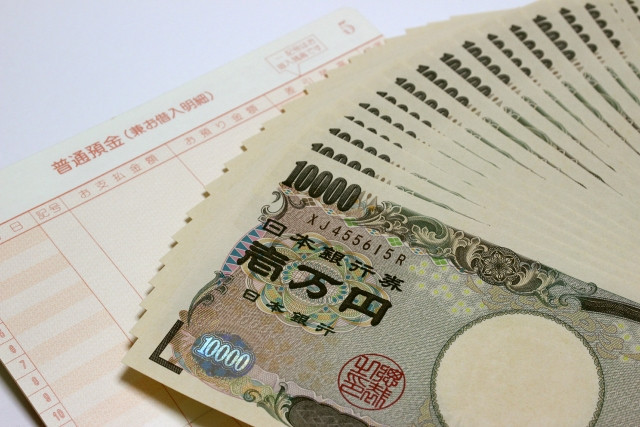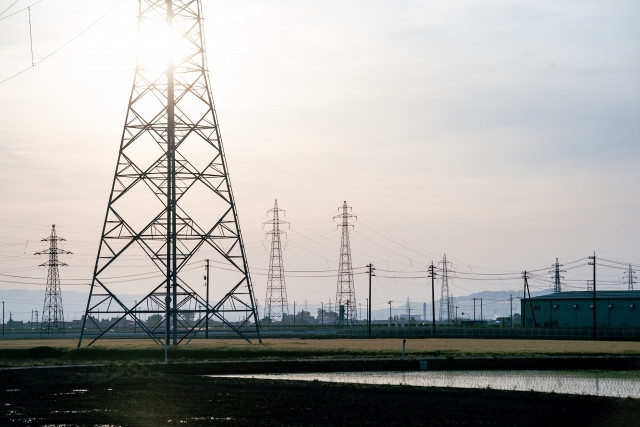Most diseases are manageable whensolved in their early stages, thus the use of scanning devices. Unlike CT scans, Magnetic resonance imaging (MRI) doesn’t have the same risks involved. To a place like Japan that puts much importance on health, the country is no stranger to MRI.
What is Magnetic Resonance Imaging (MRI)
MRI or Magnetic Resonance Imaging is a medical device that utilizes magnetism, radio waves and computer technology to produce images of the body for medical purposes. Primarily, the device is used to detect diseases in a person’s body. The technology used in MRI was a product of the collaboration of various scientists and researchers in magnetism and nuclear physics. Paul Lauterbur was the one who developed the imaging capacity of Magnetic Resonance in the 1970s: an invention that made him a Nobel Prize for Physiology or Medicine recipient in 2003.
MRI uses nuclear and magnetic technology to provide an accurate image of body structures. The scanning device is composed of a tube where a magnet is built-in and a moveable bed wherein the patient lays to be placed inside the tube. The procedure involves a superconducting magnet and radiofrequency to create an image to be processed by a computer afterward. MRI could cover all the body organs, creating a general picture of their respective condition that allows the detection of any inconsistencies that may pose a threat in the long run.
In comparison with a CT scan or computed tomography scan, MRI offers a safer and more detailed assessment of body structures. Considering that a CT scan is grounded upon X-ray technology, it uses a small amount of radiation to provide a cross-sectional image of bodily parts. Moreover, CT scans could threaten any unborn babies as well as reactions to the patient's body due to the contrast dye used to enhanced the image during scans. MRI also has its share of possible risks such as loud noises throughout the procedure and it could trigger claustrophobic tendencies but when assessing both, it could be seen that the latter does not cause any long term effects. Although CT scans are cheaper as compared to MRI, one should recognize the dependable and holistic results that the latter produces.
Writer's Pick
MRI and CT Scan in Japan

According to the Organisation for Economic Co-operation and Development (OECD), Japan has the largest number of scanning devices in the world. For every 100,000 population, there are 101 CT scanners and 48 MRI scanners. This just proves how the health care system of the country offers the best services in the world. The disparity between the numbers of CT scanners and MRI scanners in the country is defined by the accessibility of the former as compared to the latter. This means that since MRI scanners are more complex devices, their industrial production could cost more. Nevertheless, the number of MRI scanners in the country is still far beyond the averages of any OECD countries.
※ US National Library of Medicine National Institutes of Health, "Geographic Distribution of CT, MRI and PET Devices in Japan: A Longitudinal Analysis Based on National Census Data"
The average cost of MRI scans of the neck region in Japan is around $130. This is cheaper as compared to the $1400 average in the United States. Considering such rates, Japan also recorded the most MRI tests per capita globally. Meanwhile, the average cost of CT scans in the country is also in a similar range. One could see how such very low costs of health care service in the country reflect its priority towards health care. It also reflects the opportunity of innovation in respective fields. For instance, manufacturers of CT scanners and MRI scanners in the country complied with the demands of the healthcare sector to produce a cheaper line of devices that could compete with global standards. Aside from the cost it alleviated, it also provided a path for innovation in the field.
※ Newsweek website, "Japan's Good, Cheap Health Care"
Why Choose Japan?

One of the indicators of a sound health care system would be the tangible results it provides. Apart from the previous figures mentioned above, Japan recorded one of the highest life expectancies on the planet with 84.6 as of 2020. Health care in Japan has been one of the notable around the globe. The Japanese national government subsidizes the healthcare sector up to 70% of every medical service. Although the patient would shoulder the 30% cost of the received services, the subsidy still decreased the possible burden. This feature of the Japanese health care sector is a clear demonstration of the priority of the national government.
※ Our World in Data website, "Life Expectancy" ※ Fraser Institute, "Health Care Lessons from Japan" p. 7
Moreover, universal health care in the country secures the equity of access for all the people in the country including citizens, expatriates, and even foreigners. A nationwide insurance system has been enacted as early as the 1960s that insured most of the population and even heightened the emphasis of the government to further improve the general health care system.
Through the past decades, Japan continued its effort to establish a strong health care system. In 2018, the Japanese government spent $4,000 per capita in health according to OECD statistics. And in comparison to other countries, the government has been spending efficiently. Past leaderships were able to invest in the health care sector that allowed the present generation as well as the aging population to enjoy a capable system.
※ OECD iLibrary website, "Health at a Glance 2017"
Furthermore, with such kind of health care system with a combination of a culture that promotes health awareness, citizens in the country are less likely to acquire chronic diseases. This aspect is even augmented by the fact that scanning technology in the country provides security for the people for their health.
Summary

A combination of political will and correct management of technological innovation have maintained the health care sector in Japan. The emergence of scanning devices such as the MRI could safeguard the following health care indicators in the country. Considering that it provides a sound prognosis for every individual in a specific population, it provides for the opportunity of taking good care of the general well-being of the people in a country as well. Japan just proved that it is a country of resonating will that prioritizes the welfare of its constituents. As it continues to emphasize the importance of health care for the people, it will remain to be one of the excellent countries to be in.

































